All about table silver
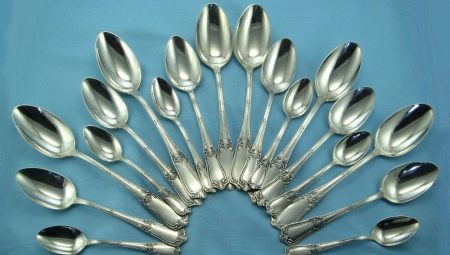
Silverware has always been held in high esteem. Kitchen products and interior accessories were of great value and were considered an indicator of family wealth. Silverware was inherited and equated to a family heirloom. The best craftsmen made silver tableware to order, decorating them with patterns and engraving. Serving the table with silverware or utensils before the arrival of guests, they were shown special respect.
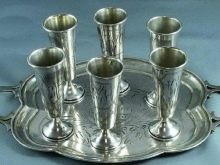
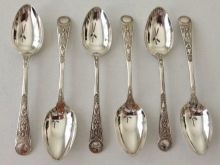
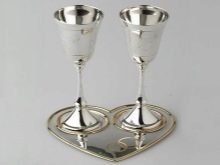
List of items
Silverware is still popular today... Especially in demand tea sets, cutlery, samovars and teapots. Silver has beneficial properties that are reflected in drinks or food. For example, stirring tea with a silver spoon will add a special taste to the water and cleanse it of impurities.
In the old days, people knew that silver has the property of disinfecting water. It was customary to throw a silver coin into a well to make the water cleaner and drinkable.
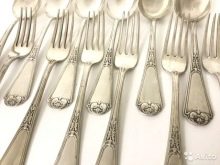
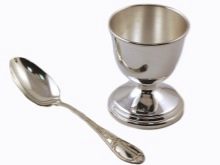

By purchasing dishes made of silver, it is important to remember about its thermal conductivity. The handle of the teapot must have an insert made of wood or bone. A piece of porcelain must be present on the coffee service. Without such insulators, the use of dishes will become simply impossible. Silver spoons are usually made without inserts, so it is worth using it in the first minutes, then just take it out of the hot drink. Silver cupholders are also popular. Today they are more often used as gifts or collectible tableware, and not for their intended purpose.

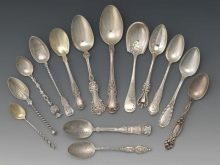
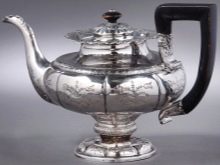
Samples and markings
The metal sample and markings indicate the amount of impurities contained in the alloy.At different times, craftsmen around the world have used their systems, but the goal has remained unchanged - to show the quality of the product. It is possible to make jewelry and accessories from pure silver, but not practical.... Therefore, as the alloying material is often used copper, platinum. These impurities least of all affect the color of the product, they also add strength to it. In recent years, impurities in alloys still protect against the appearance of scale.
- 800 sample. This is how an alloy is marked in which copper is contained in an amount of 20%. Despite the high ligature content, the appearance of the products retains their gloss and are durable. However, products made from this sample acquire a yellowish tint. Most often, cutlery and souvenirs are made from it. In the past, this alloy was often used by craftsmen in Germany and Italy.
The composition of such items was indicated not only by numbers, but also a mark in the form of a crescent or a crown was allowed; Italian jewelers preferred to leave their own designations, including their names and cities.

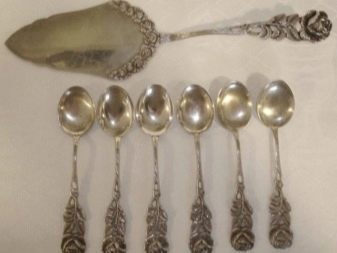
- 830 sample. This sample is not much different from 800, so it is not represented in the international classification.
"French" silver is often found in the works of French craftsmen; statuettes and accessories, interior details were most often made.
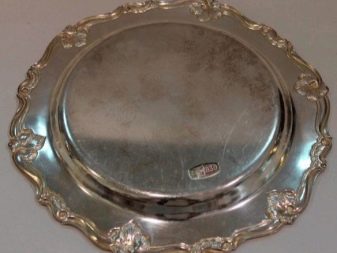
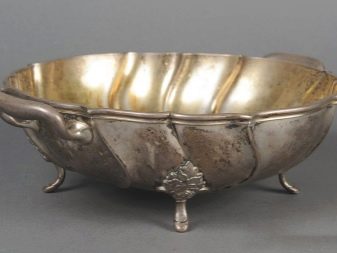
- 875 assay. Products made from this metal oxidize less, are easy to clean and do not lose their appearance longer. In the past, this sample was very popular, therefore, many antiques that were made by manufacturers in Russia have survived to our time. This sample was used to make sets for the royal family. Branded her with the numbers 84, this system was used until 1927. Today, such items are real antiques. In the USSR, this alloy was one of the most demanded. Virtually all silver items were made from it.
In Soviet times, in addition to numbers, the products of this test were stamped. It represented a five-pointed star, inside which a sickle and a hammer were depicted. Production was concentrated in the Ural region.

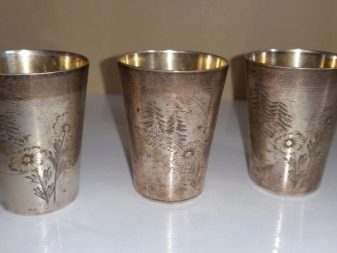
- 925 standard. One of the most common alloys. It is often called sterling. This old term originated in England, where traders used silver coins for calculations. Over time, their name changed to pounds sterling. The first mentions of sterling silver coins are found in the records of the 11th century. An old document states that the content of the precious metal must be at least 92.5%. At that time, the markings were made not with numbers, but with the figure of a lion. The material is easy to process, retains color, and oxidation is much slower than with other alloys.
Silver is quite durable, so practically everything is made of it, earrings and rings, trays and decorative interior items, table sets and candlesticks. All items are decorated with various monograms and ornaments.

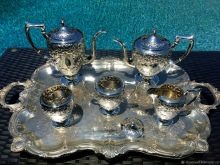
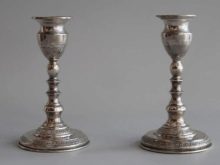
- 960 sample. Cookware is not made from silver of this test, since the metal is too soft. But jewelry that requires detailed manual work looks great, for example, this sample can be found in Faberge products. Rings, chains and earrings do not actually oxidize, which means they do not lose their luster and lend themselves well to polishing.
However, such products must be treated very carefully, they are easy to deform.



- 999 proof. Silver containing the minimum amount of impurities. Usually used for bank bars, collectible coins or in the finest coatings.

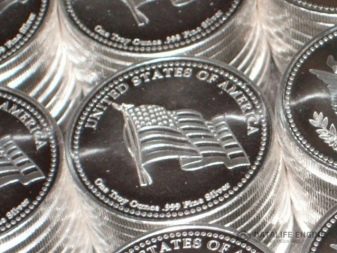
What is the difference from jewelry?
Silverware and tableware in Russia gained popularity in the 18th century. At first they were made from 999 samples, such silver is considered pure, without impurities. Such sets showed the wealth of the family and were often used as a dowry. Table silver differs from jewelry composition. Today, table sets are made from 925 or 800 samples.
From other samples of silver, the dishes are very soft and become unusable for their intended purpose. Therefore, copper is most often added as an alloying metal, which gives the alloy its hardness. For jewelry, 925 test is more often used.



Production technology - stamping and art casting. The most common method is stamping. Used in mass production, making the products identical. Patterns on metal are stamped with a press. Stamping also makes the surface perfectly smooth by rolling the silver through a press to the required thickness. Art casting used in the production of individual goods. This method is based on manual labor.
In the manufacture of products, both technologies can be combined, for example, the base of a spoon or the plate of a knife is made by stamping, and the handle on which the pattern is applied is made using artistic casting. The main method of making jewelry is casting. This method is used in mass production. A “herringbone” is made of silver, from which the necessary elements of the decoration are then separated, put together and give the product a presentation.


Advantages and disadvantages
In addition to its cleansing properties, silver dishes also have the ability to enrich water and food with silver ions. They help speed up blood circulation and metabolism. Another advantage of such tableware for table purposes is the prevention of diathesis and getting rid of allergic reactions. Cookware made from this material has other advantages:
- reliability and impact resistance;
- environmentally friendly;
- unpretentious in care;
- aesthetically attractive;
- fully preserves the taste and aroma of food and drinks;
- pleasant to the touch.

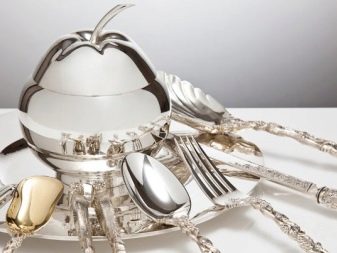
There are few disadvantages of using dishes made of noble material, but they are still present:
- frequent use of pure water from silver dishes can lead to an excess of silver ions in the body;
- silver dishes must be washed only by hand with warm water;
- silver tends to tarnish over time;
- dependent on the temperature of the liquid.
Despite some drawbacks, such dishes remain convenient for use in everyday life, they can be alternated with the use of glass products.
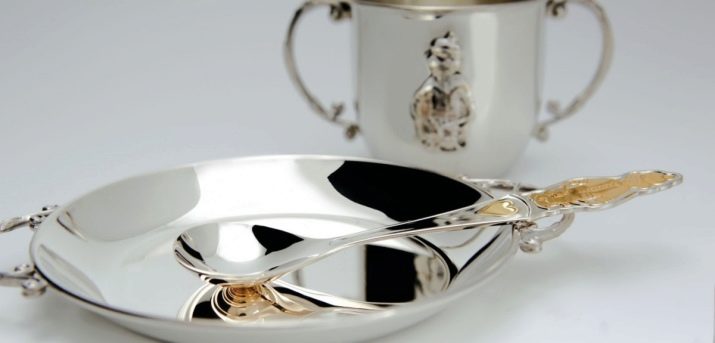
How to clean?
Silver is a very whimsical metal... It tends to bend, scratches and cracks may appear on it. Plus, this metal has the property of oxidation under the influence of household products, hydrogen sulfide in the air and other factors. Silver items lose their original appearance over time, fade and may even change in color.... In order to prevent darkening of silver items, it is important to follow a few rules:
- silver products cannot be stored together with products containing chemicals;
- eliminate contamination, avoiding the appearance of stains and streaks;
- you cannot drink juices and other liquids with high acidity from silver dishes;
- do not use silver for medication;
- silver dishes are not dishwasher safe.

There are several ways to get rid of the dull silver color and give it its original look at home. The most effective remedies are special jewelry creams and pastes. They deal well with localized contamination. Larger dark spots are dealt with special solutions, into which silver items are dipped and then wiped with a soft cloth. This liquid can be purchased at any jewelry store. There are also sold suede or microfiber napkinsthat give the silver a shine by gently polishing the surface.
Home remedies can also cleanse silver. It is necessary to dilute warm soap solution, soak silver in it for 10-15 minutes, and then rub the product with a cotton swab.Silver jewelry should not be used immediately after cleaning, it may darken faster, it is better to start using it after 1-2 days.
It is better to entrust the blackened products to professionals in their field and take them to a jewelry workshop for cleaning.


How to store?
It is not so difficult to store silver correctly, following the recommendations, so you can extend its useful life and maintain its excellent appearance. To avoid the appearance of scratches and small cracks will help cases with soft fabric or velvet lining. Important do not bandage the silverware with rubber bands or other similar items, they can leave unsightly marks on the appliances.
Silver is needed store dry, in a dark place, avoiding exposure to direct sunlight, it is sensitive to temperature changes. Avoid prolonged direct contact with paper products, since paper contains sulfur, which provokes oxidation.
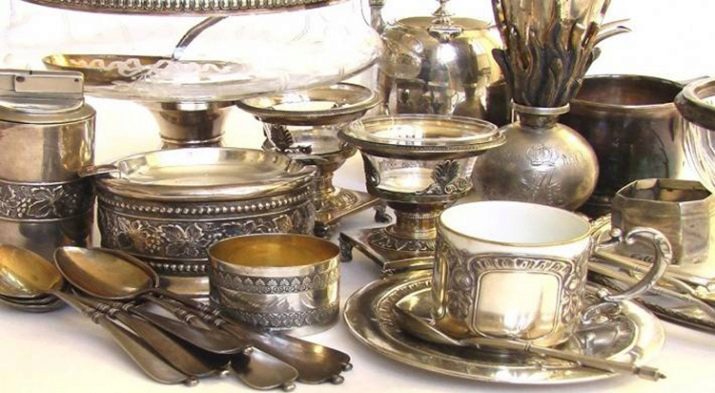
Silver cutlery should be used more often, because after use they are cleaned, so it looks better and retains its original beauty.
And if silverware stands as a decoration, then its care will be rare, gradually silver is oxidized.
For an overview of silverware, see the next video.








